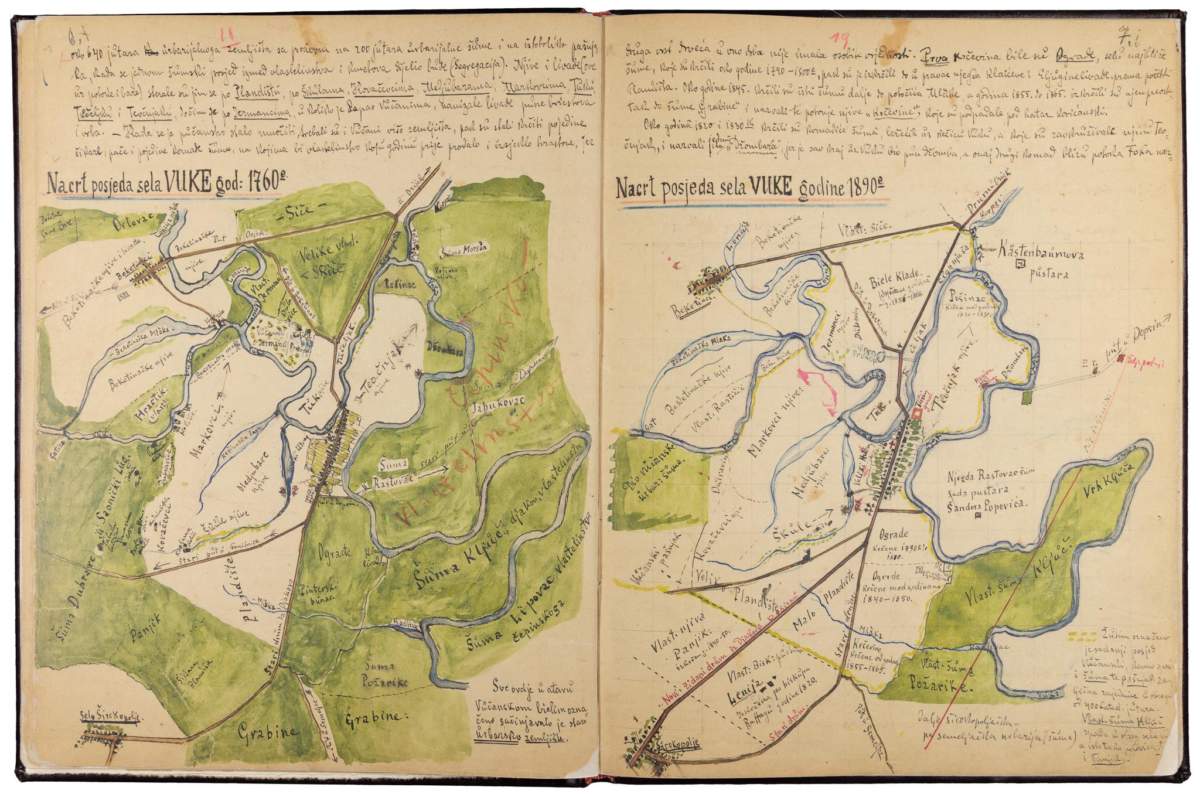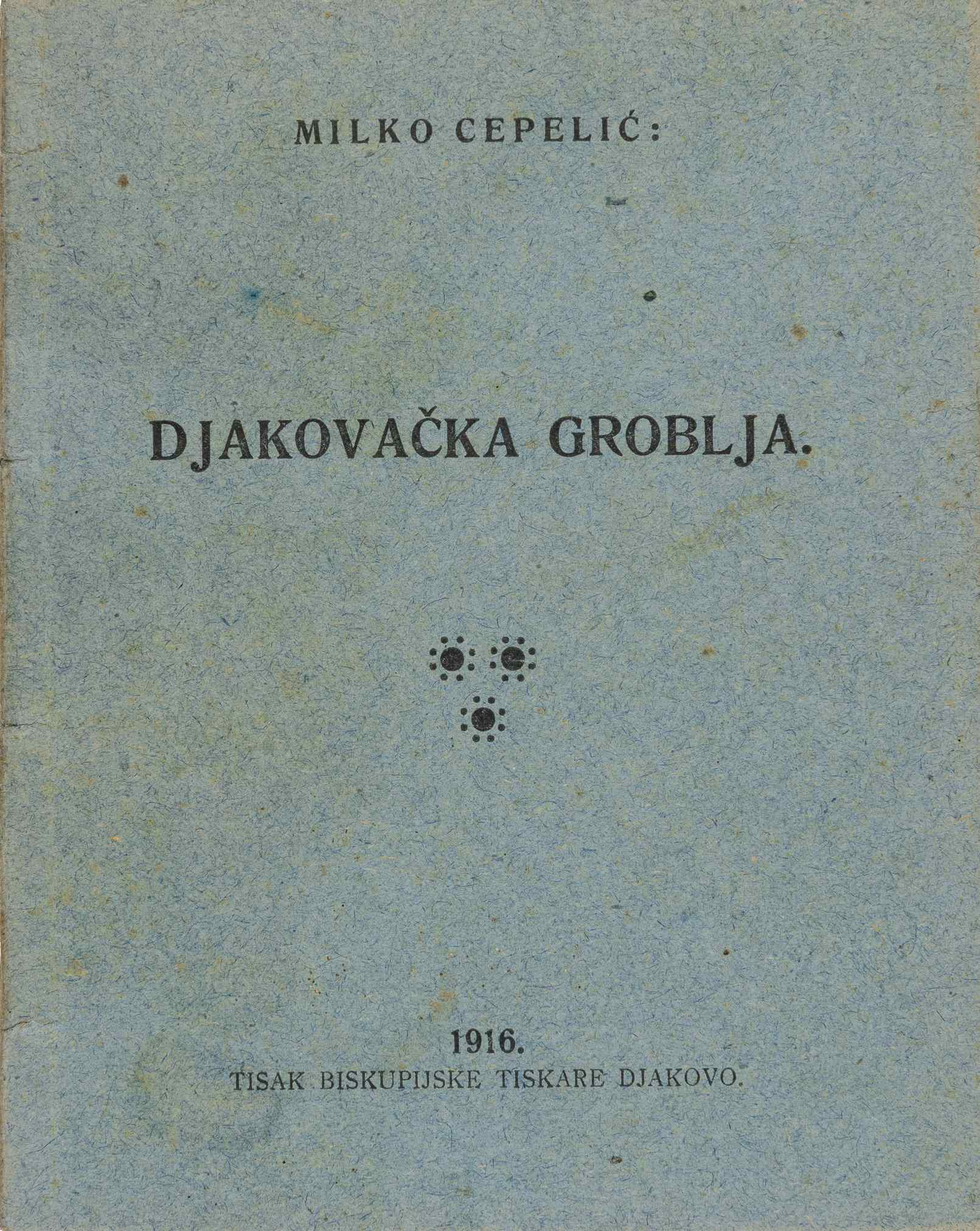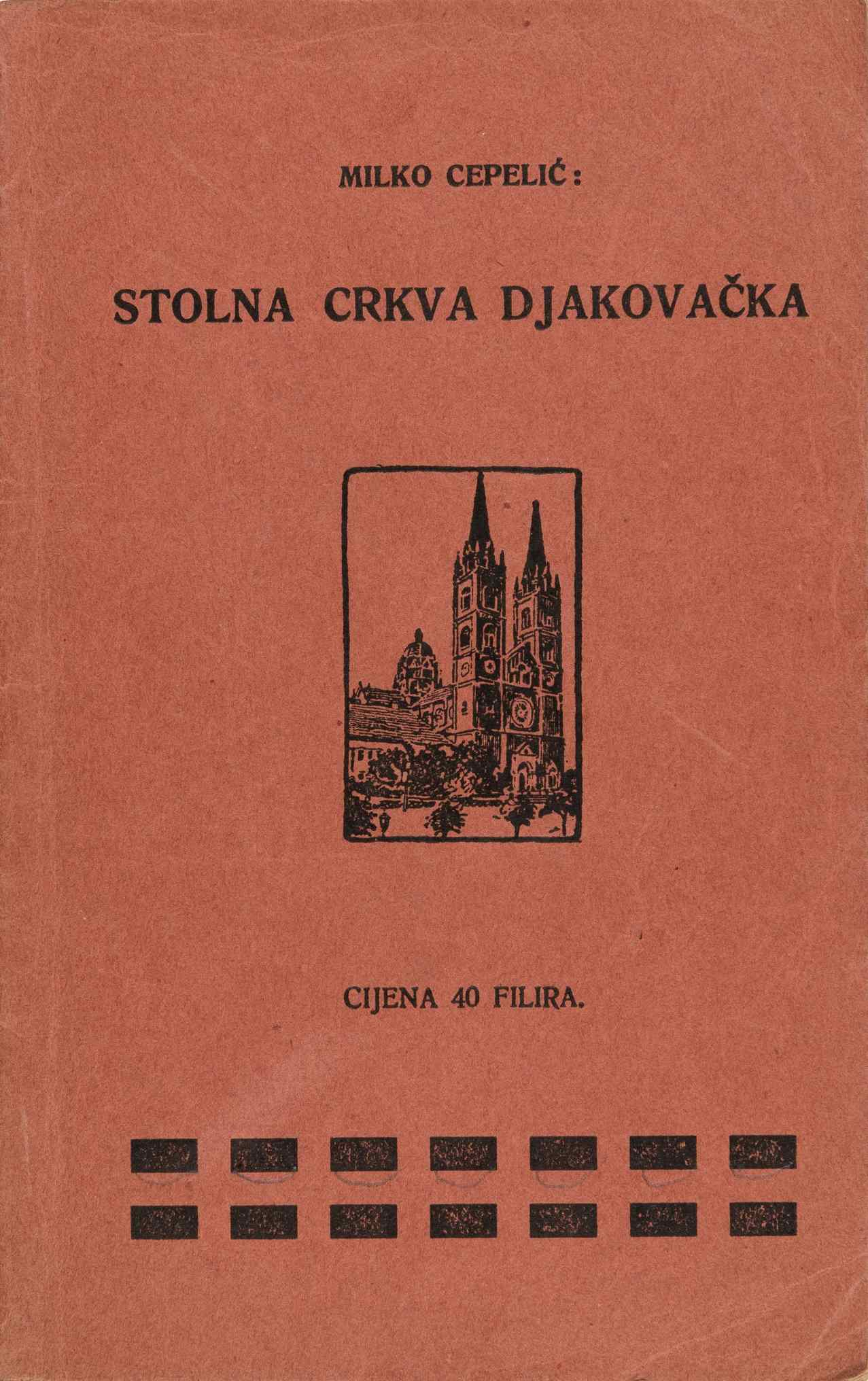Even as a boy, I loved otarci (towels), especially their beautiful woven ends.
From an early age, Cepelić showed an avid interest in folk life and customs, especially in textile handicrafts. He assembled a valuable collection of utility and decorative peasant textiles, which contained some already rare items. With his thematic works on processing and dyeing of textile raw materials, weaving, embroidery, carpet weaving, parts of clothing, Easter eggs, cooperative life, and others, he made a great contribution to Croatian ethnography, recording data relevant to contemporary ethnological research.
His extensive presentation of „domestic textile crafts” and description of exhibits at the Economic Exhibition held in 1891 in Zagreb, written at the urging of Janko Ibler, is the first systematic presentation of textile handicrafts in Croatian regions. By analyzing textile objects – raw materials, applied weaving and embroidery techniques, ornaments – Cepelić tried to reconstruct the migrations of certain groups within the Croatian population. He advocated the application of antique techniques, colours, and motifs, while criticizing the changes caused by the development of trade and crafts (aniline dyes, patterns from fashion magazines, influence of civic dress).


M. Cepelić: History of the village of Vuka, manuscript (details)
Ethnographic Museum Archives

